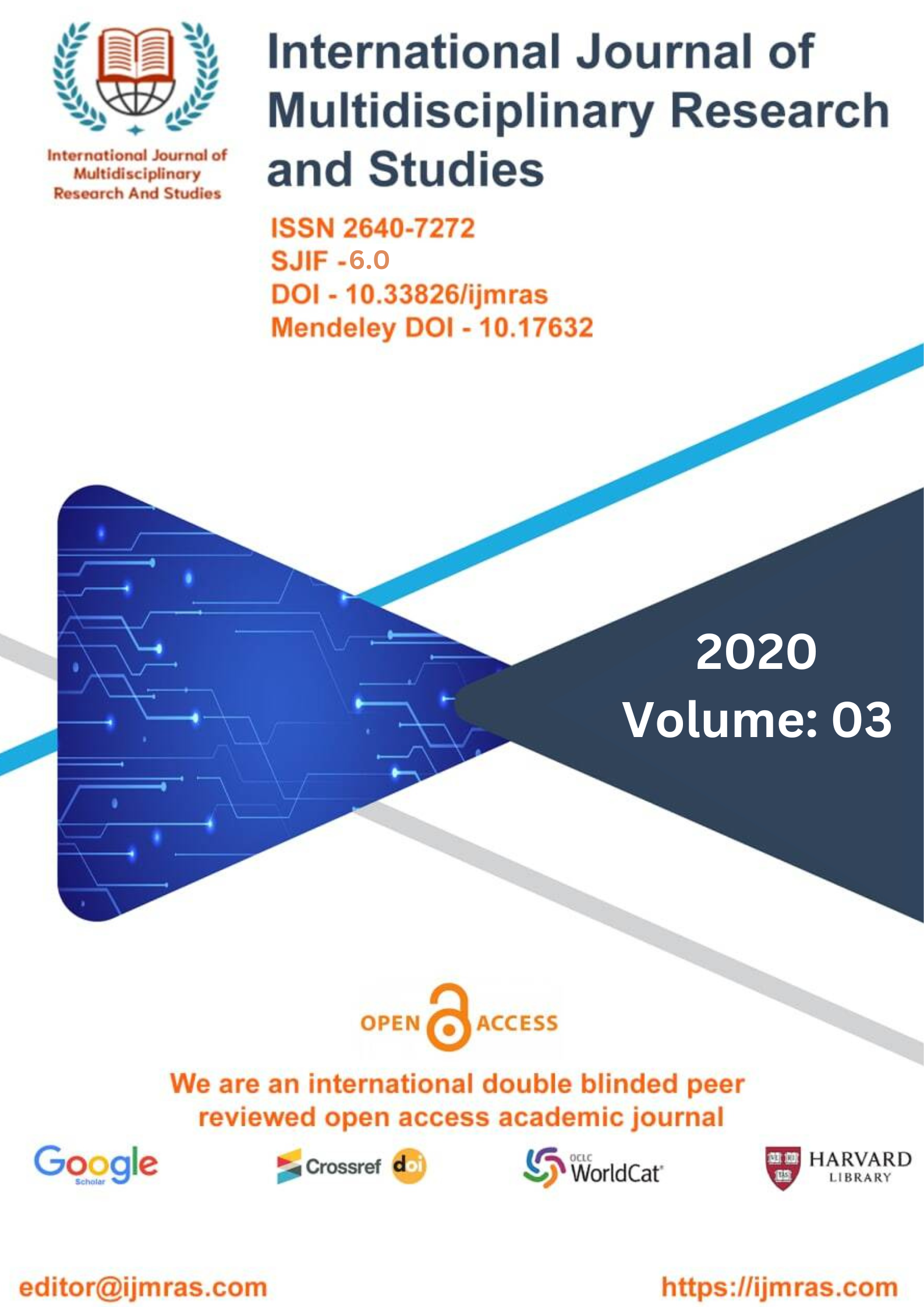THE MEDICINAL VALUE OF LEECHES

Abstract
In an era when many folk remedies are being rediscovered and the use of homeopathic and natural drugs is increasingly popular, it is not surprising to witness a revival of the use of leeches in medical practice. In the ancient world, leeches were used as one of several methods of bloodletting. The concept of removing vitiated blood in an attempt to restore health was a fundamental one, and instruments such as lancets, scarifiers and bleeding cups were in common use among apothecaries and surgeons. Tools for venesection were unearthed from archeological excavations of the Stone Age.’ Leeches were used for bloodletting and were applied to congested or inflamed parts of the body in conditions of engorged hemorrhoids, swollen testicles, laryngitis, prolapsed rectum and inflamed vulva. Compared to venesection, the use of leeches was considered a less painful procedure, in which a limited amount of blood could be removed.
Keywords
Medicinal, LeechesHow to Cite
References
Alejandro oceguera -Figueroa (2013). A new species of freshwater leech of the genus Haementeria (Annelida: Grossiphoniidae) from Jalisco state. Mexico. Zootaxa 1110: 39-45.
Anand C.S.K. (1984). Some aspects of neuroendocrinology of Indian leech, hirudobimanica (Blanchard 1894) Ph.D. thesis, Marathwada University, Aurangabad M.S. India.
Anderson, D.T. (1973). Embryology and Phylogeny in Annelids and Arthropods. Pergamon Press, Oxfard.
Anton, D. Tucker, nanoy, S. Fitzsimmons and Fredrich R. Govedich, (2005) Euhiradinea on Australin turtle hosts (Chlodinaburruangandjii and Emyduraaustralis) of the Kimberley plateau, western Australia, comparative parasitology 72 : 241-244.
Apakupakul, K., M.E. Siddall 8B E.M. Burreson. (1999). Higher level relationships of leeches (Annelida; Clitellata: Euhirudinea) based on morphology and gene sequences. Molecular Phylogenetics and Evolution 12: 350-359.
Apha (1985). Standard methods for the examination of water and waste water 16th edn. American public health association Washington.
Armitage, P. D. Moss D., Wright J. and Furse, M.T. (1983). The performance of new biological quality score system based on macro invertebrate’s water over a wide range of unpolluted running water sites, Water Research 17; 333-347.
Arocha-Pinango, C.L., Marchi, R., Carvajal, Z., and uerrero, B. (1999). Invertebrate compounds acting on the hemostatic mechanism. Coag.Fibrin., 10(2):43-68.
Bennike, S.A.B. (1943). Contributions to the ecology and biology of Danish Freshwater leeches (Hirudinea). Folia LimnologicaScandinavica 2, 1-109.
Bhaskarrao A. (1983). Some aspects of physiology of Indian leech. Ph.D. thesis, Marathwada University, Aurangabad.
Bhatia M.L. and Bora S.S. (1973). Binomics and distribution of land leeches of kumaon hills, U.P. Bombay, Nat. Hist. Soc., 70: 36-56.
Blackshear, J.L. and Ebener, M.K. (1994), Leeching, Hirudin and Coagulation tests. Ann. Int. Med., 121(2), 151-152.
Blanchard E.(1849).Annelide.InGay.Historia fiscal a politica de Chile.Zoologia,paris 3: 43-50.
License
Copyright (c) 2020 MEENAKSHI PRIYA

This work is licensed under a Creative Commons Attribution 4.0 International License.
Individual articles are published Open Access under the Creative Commons Licence: CC-BY 4.0.



